A Wild Place
Experts always knew about the danger going on in Alaska. After all, this region has the reputation of being a wild place. Nonetheless, a worrying secret had been buried for centuries in Alaska’s stunning snow and ice.
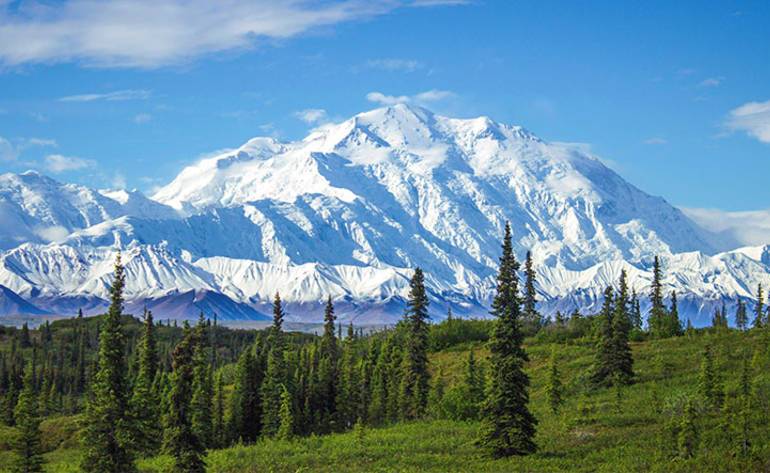
A Wild Place
Outside of Fairbanks
Outside of the state’s second-biggest city, Fairbanks, scientists made a troubling discovery. Researchers from the US Army in the 1960s decided to dig a tunnel where they uncovered more than they expected to find.

Outside Of Fairbanks
The Goal
The US military’s goal of digging this tunnel outside of Fairbanks was to study the natural phenomenon called permafrost, which is the term used to classify the type of frozen ground covering almost 85% of Alaska.

The Goal
Permafrost
This study was important because permafrost has an impact on 25 percent of the Northern Hemisphere. This permafrost generally occurs when the ground is at freezing temperatures for more than a few years.
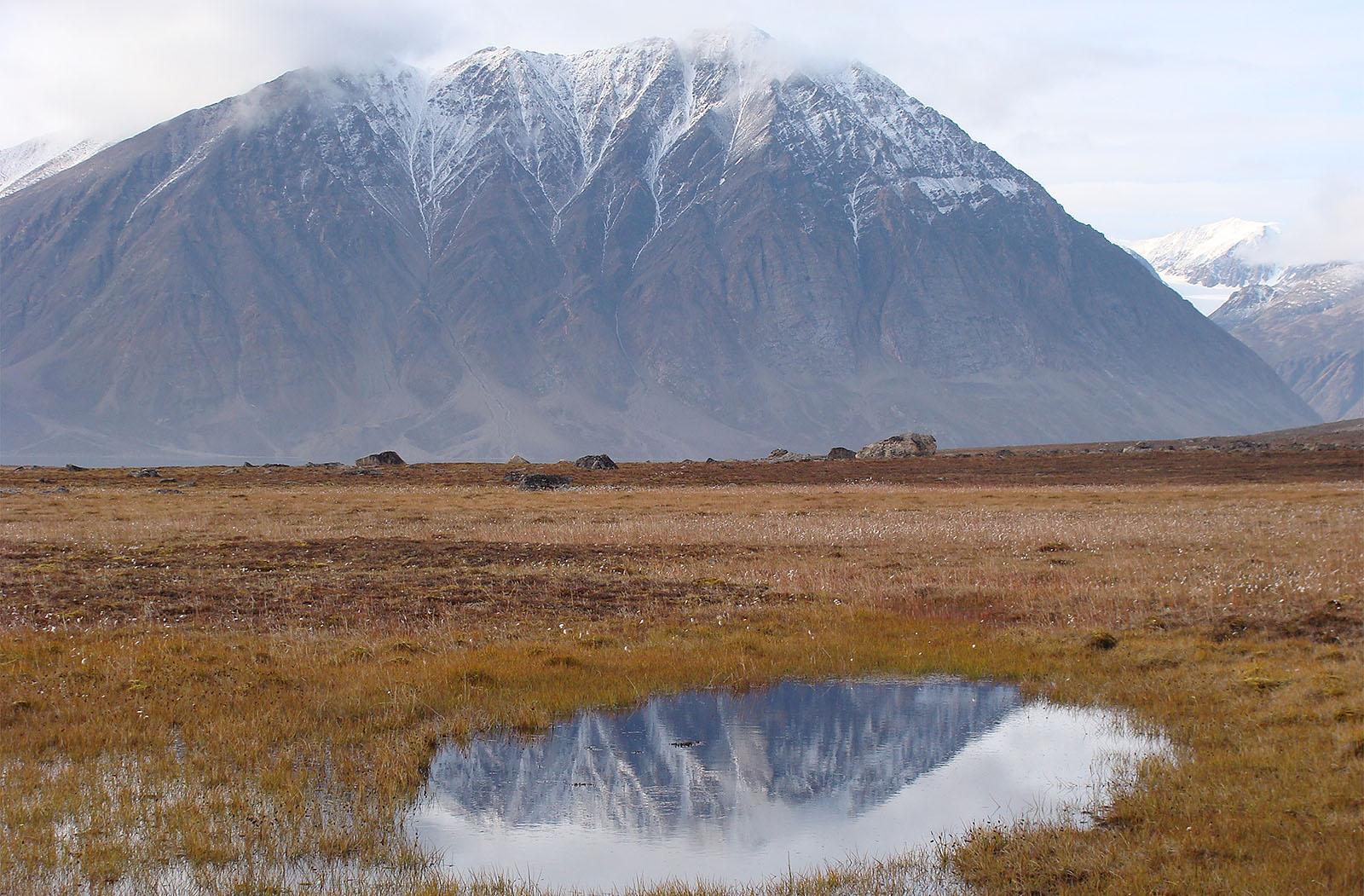
Permafrost
Not Just Land
Although you can commonly find permafrost covering soil, sand, and gravel, it doesn’t only appear on land. This substance can also be found underneath the depths of the ocean and this is where the most damage can be caused.

Not Just Land
More Common
As you can imagine, the phenomenon is most common in regions where temperatures seldom reach anything higher than 32 degrees Fahrenheit. That’s why you can expect to find permafrost in areas like Alaska, Greenland, China, Russia, and Eastern Europe.

More Common
Relatively Shallow
Even though some frozen sections can be relatively shallow, other regions can stretch as far as 3,000 feet. The bigger the permafrost in this region, the larger the time bomb located underneath this area.

Relatively Shallow
Two Types
However, not all permafrost is the same. It can either be continuous permafrost, which is a single sheet of frozen ground, or it’s discontinuous permafrost, which consists of frozen ground breaking up into numerous pieces.

Two Types
The Problem
Permafrost seems like a simple substance covering some regions. However, the problem comes when these areas of permafrost begin to melt, which is happening more frequently. Global warming is only making this situation worse.

The Problem
Living in the Arctic
Permafrost is associated with some challenges for those living in the Arctic. Performing construction can be difficult. An example is that the heat from this building can cause the ground to thaw. Nonetheless, adaption has allowed some of the biggest cities to be built in the tundra.

Living In The Arctic
Changing Soon
Although complete cities exist in some of the iciest corners on the planet, this could be changing soon. When the Fairbanks tunnel was first dug in the 1960s, the permafrost hadn’t changed much. However, the Arctic is getting warmer, as temperatures continue to rise.

Changing Soon
Starting to Thaw
The reaction caused by these regions beginning to thaw can lead to a catastrophic chain of events. That’s why scientists are studying the unique behavior of permafrost as part of the Cold Regions Research and Engineering Laboratory (CRREL).

Starting To Thaw
The Tunnel
In this tunnel outside of Fairbanks, scientists are also researching how this substance might react to climate change. Experts like Dr. Thomas Douglas, US Army Corps of Engineers geochemist, have stated that this work gives them a look into the past.

The Tunnel
A Wasteland
Although some people perceive the tundra to be a wasteland, this permafrost is filled with prehistoric remains that have been frozen for centuries. Evidence of this is clear in the Fairbanks tunnel with visitors reporting that they saw tusks and bones of mammoths.

A Wasteland
Frozen in Time
Permafrost can be considered as an entire ecosystem frozen in time, as it’s bursting with long-dead life remains. From ancient plants to extinct woolly rhinoceroses, almost everything that once grew or walked on the ground is preserved in the frozen ground.

Frozen In Time
A Real Problem
Despite these fascinating remains hiding in the frozen ground, this thawing permafrost presents a real problem. All lifeforms (alive or dead) are made from lots of carbon. Researchers have stated that the permafrost contains almost twice as much carbon currently on the planet.

A Real Problem
Currently Trapped
Although this carbon is currently trapped in the permafrost, researchers have begun to wonder what the result would be as the Arctic’s frozen regions begin to melt. That’s when the team at CRREL launched an experiment to find out.

Currently Trapped
An Alarming Trend
The results of this experiment hinted at an alarming trend. During this investigation, researchers drilled into the frozen ground and removed some sections of ice. They then took these samples to the laboratory.

An Alarming Trend
Something Strange
The experts allowed the permafrost samples to warm up while in the lab. Before long, the team started noticing that something strange was happening. Although the material had been frozen for 25,000 years, it grew back again vigorously when placed in the right environmental conditions.
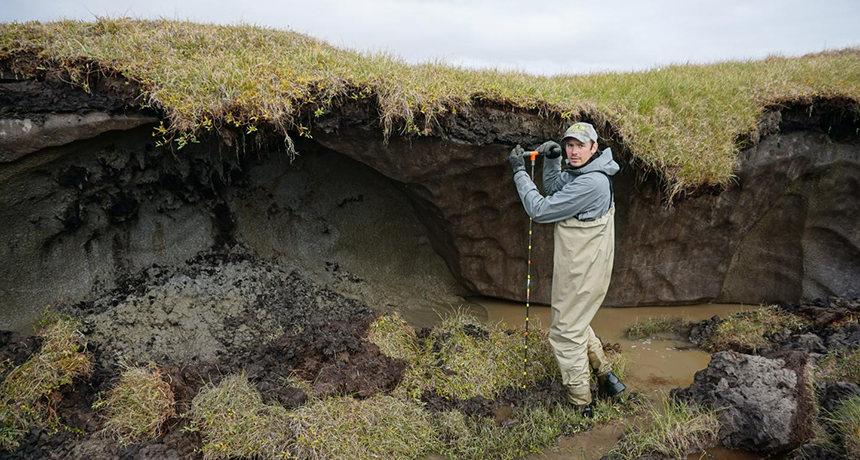
Something Strange
Ancient Bacteria
The ancient bacteria had been frozen within the permafrost. However, the organisms woke up and began to work as the temperatures rose. Nonetheless, this isn’t the first time ancient bacteria had been reanimated after being suspended in ice for centuries.

Ancient Bacteria
Witnessed in Russia
This phenomenon was first witnessed in Russia. According to The Daily Telegraph, 66% of the terrain in Russia is permafrost. Moreover, the nation is also, unfortunately, experiencing some of the worst global warming on the planet.

Witnessed In Russia
Icy Conditions
With these icy conditions, residents have adapted to the cool temperatures. In Yakutsk, buildings are constructed on stilts bypassing the melting and refreezing region. However, these dwellings have become unstable with the warming temperatures.

Icy Conditions
Chaotic Environment
The bacterium Bacillus anthracis might be starting to grow rapidly once again in this chaotic environment found in Russia. This substance leads to anthrax and is typically associated with biological warfare because of its potentially lethal infection once terrorizing the frozen Siberian landscape.

Chaotic Environment
Natural Reaction
Bacillus anthracis spores are part of the natural reaction within the soil. Humans might develop nasty blisters when they come into contact with this bacterium. Further complications are also associated with this substance.
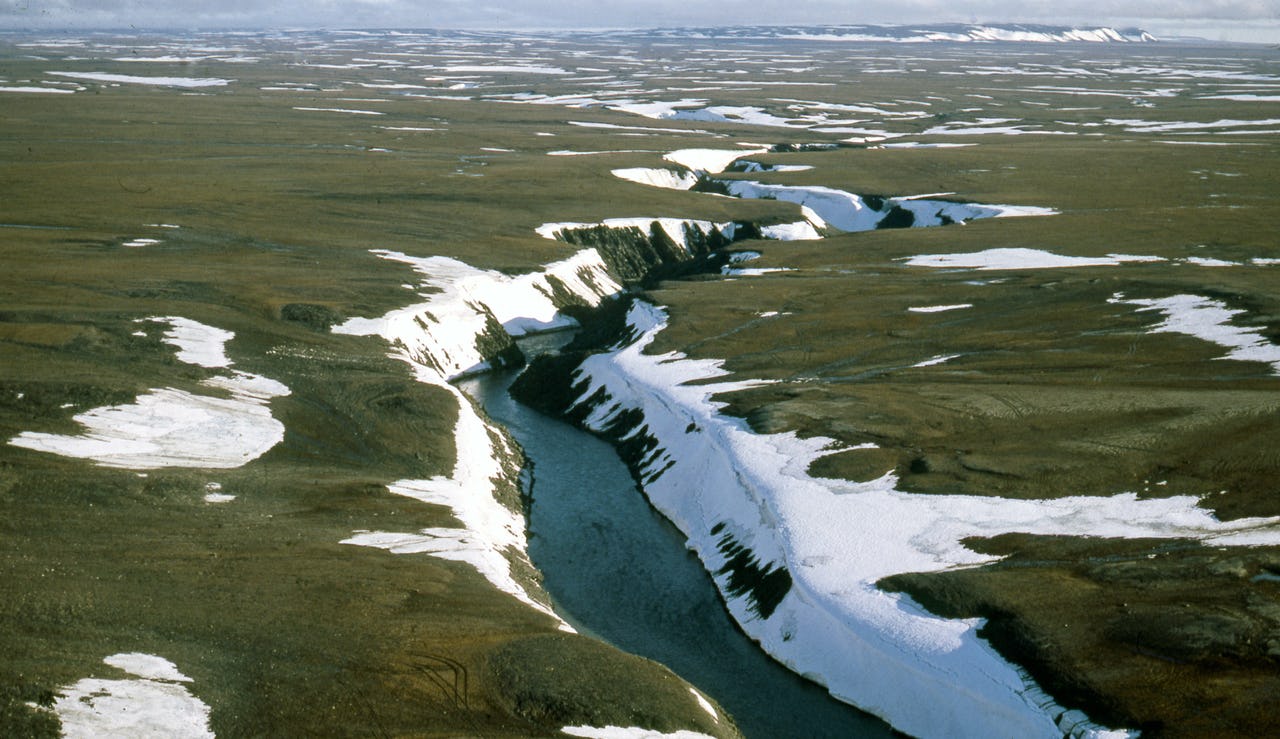
Natural Reaction
Releasing
Although many communities have gone decades without an anthrax outbreak, melting permafrost has caused this infection to be released back into the world. What’s more alarming is that these anthrax spores can remain alive in the permafrost for more than 2,500 years.

Releasing
Rising Temperatures
It’s been reported that the areas in the Arctic with rising temperatures are also the locations where the first anthrax deaths have taken place in seven decades. Even more alarming, these regions are where warming is the most extreme.

Rising Temperatures
Back in Alaska
Researchers have noted that the resurrected bacteria found in Alaska’s permafrost has been reacting with dead plant and animal matter suspended within this frozen ground. This process has transformed carbon into methane and carbon dioxide.
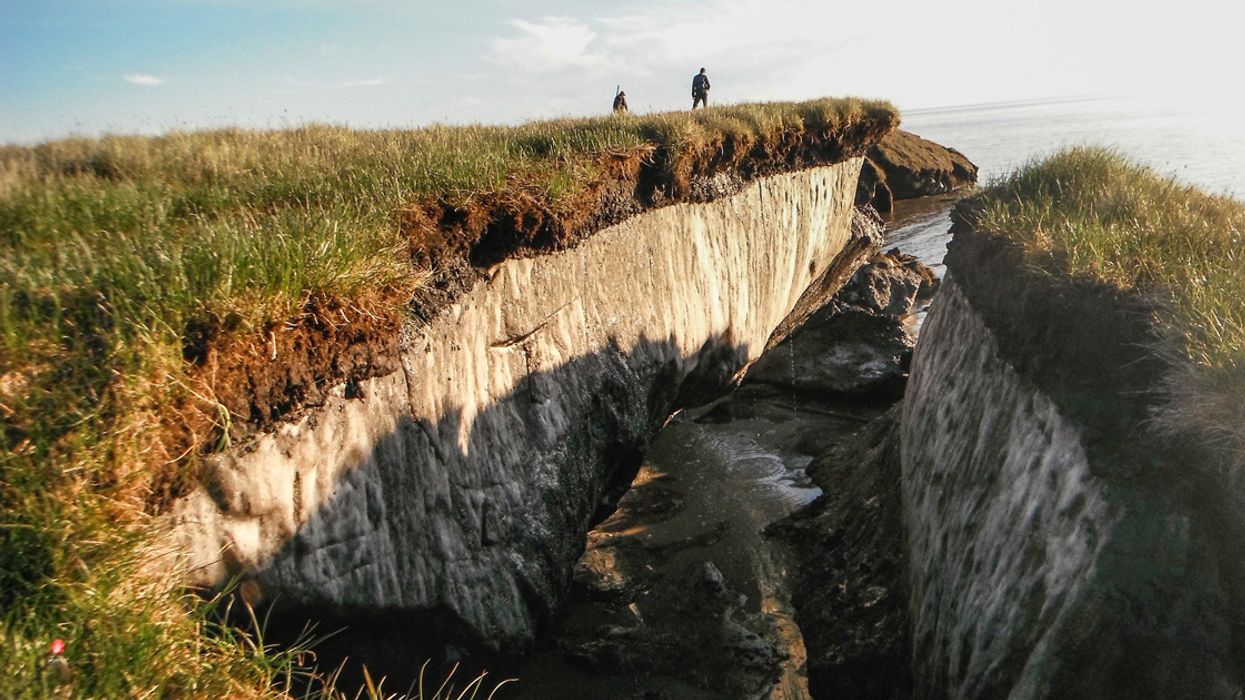
Back in Alaska
Responsible for Climate Change
Carbon dioxide and methane are the two gases responsible for climate change. Before this discovery, Alaska was acknowledged for absorbing more carbon dioxide from the atmosphere than this region emitted. This process is now reversed as the permafrost thaws.

Responsible for Climate Change
Worrying Trend
Scientists observed the first evidence of this worrying trend back in 2017. It could spell disaster for the entire planet if these extra carbon stores are released. It’s believed that there are approximately 1,400 gigatons of this element held in permafrost across the globe.

Worrying Trend
Alarming Numbers
This figure represents approximately four times the level of carbon dioxide humans have emitted into the air in the past 260 years. The Earth’s atmosphere currently contains only half this amount of carbon dioxide.

Alarming Numbers
Release of Greenhouse Gases
However, these ancient bacteria aren’t the only contributors to the release of greenhouse gases found within the permafrost. This is because melting permafrost exposes underground reservoirs to open air, which can cause methane to expel into the atmosphere.

Release Of Greenhouse Gases
Biggest Producer of Greenhouse Gases
Even though experts believe that human activity is the biggest producer of greenhouse gases, thawing permafrost is rapidly becoming a contender. This phenomenon is believed to have caused an annual release of 1.2 to 2.2 million tons of emissions.

Biggest Producer Of Greenhouse Gases
The Entire Nation of Japan
To put these numbers in context, the thawing permafrost currently taking place from rising temperatures is producing as much greenhouse gas emission as the entire nation of Japan. This is information made available from the National Oceanic and Atmospheric Administration. However, this volume is expected to rapidly increase.

The Entire Nation Of Japan
What Happens?
What happens when massive amounts of these gases are released into the atmosphere? These substances include carbon dioxide, which radiates energy downward and warms the planet. These effects have been increasing with a rise in temperatures.

What Happens?
Spiraling Out of Control
The carbon released from melting permafrost is exacerbating a situation that’s already spiraling out of control. Over the next century, scientists believe that the Earth is bound to heat up by another 10 degrees Fahrenheit.

Spiraling Out Of Control
Look Different
If this is the case, our planet is bound to appear very different from the Earth we know today. Yet, how worried should we be about this event taking place? According to scientists, we’re dealing with a precarious situation.

Look Different
Could Get Worse
Experts have evidence showing that Alaska has changed from a net absorber of carbon dioxide to a net exporter. Moreover, the ancient bacteria being brought back to life from thawing permafrost could get far worse.

Could Get Worse
About to Derail
When looking at this situation, scientists have presented an analogy. Many believe the thawing of permafrost to be a big train about to derail. Once it starts, the process of this frozen substance thawing is slow, but it’s unstoppable.

About To Derail
Lack of Control
This lack of control is making experts incredibly nervous. Moreover, these scientists are unaware of how big the impact is going to be. This is because, although the situation looks bad, many positives could come out of such thawing.

Lack Of Control
Vegetation
For example, erosion from this thawing might cause the release of carbon to be washed away in the Arctic’s waters. Additionally, a warmer environment might help new vegetation grow in the tundra. From here, this flora could reabsorb some greenhouse gases.

Vegetation




